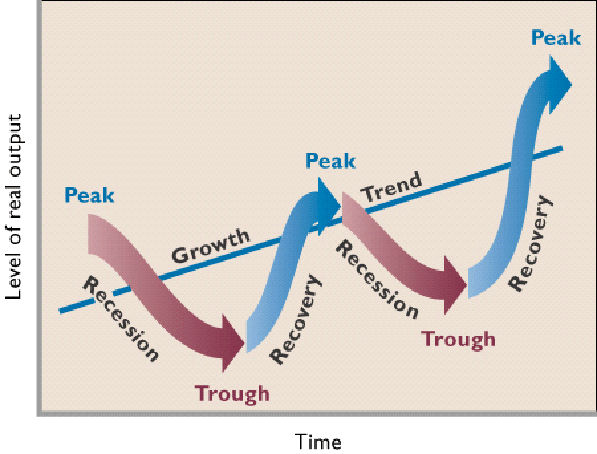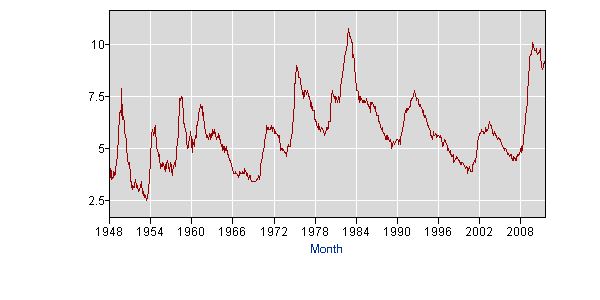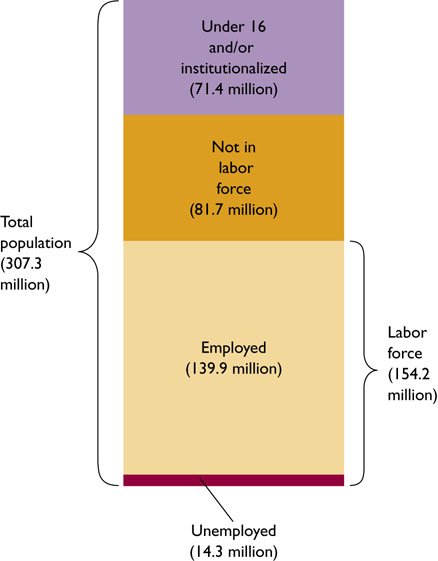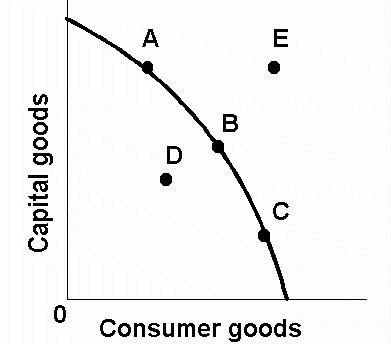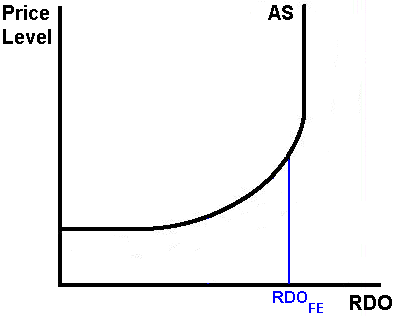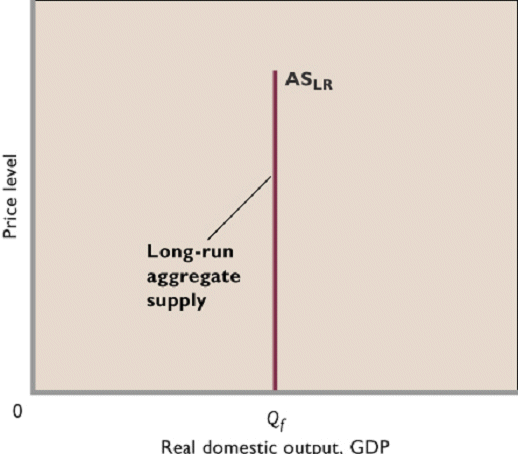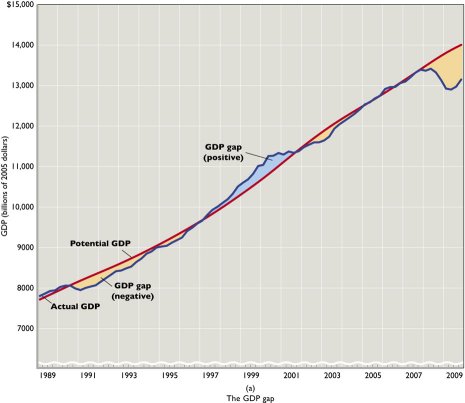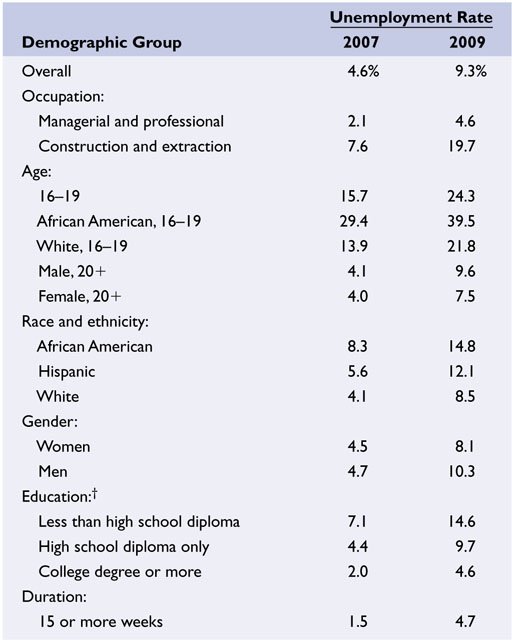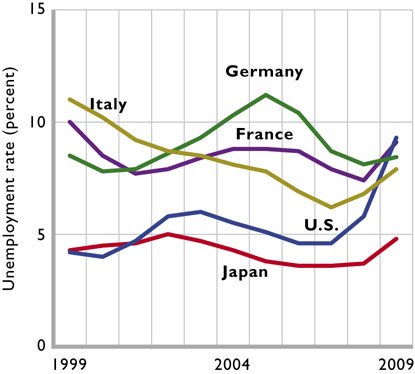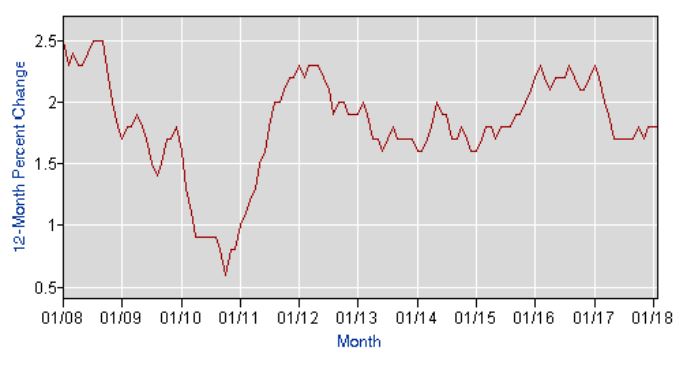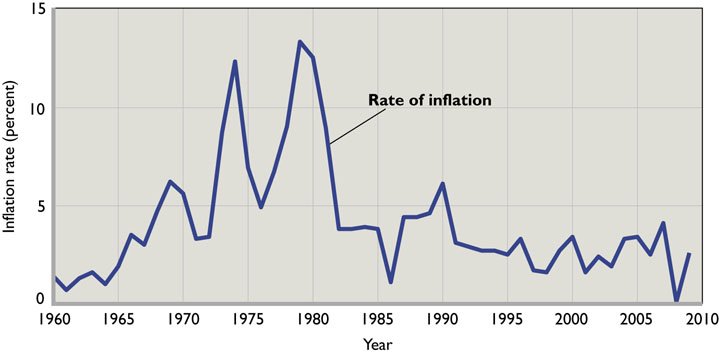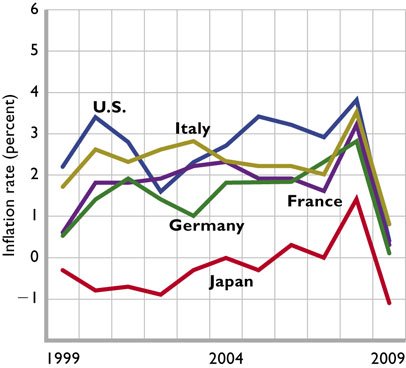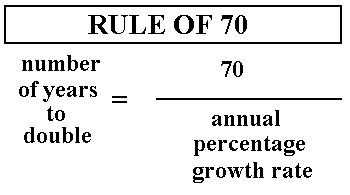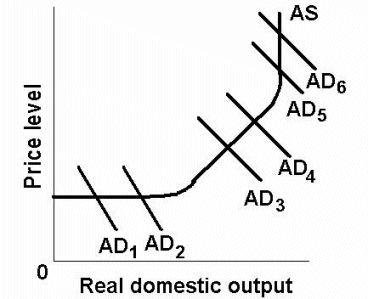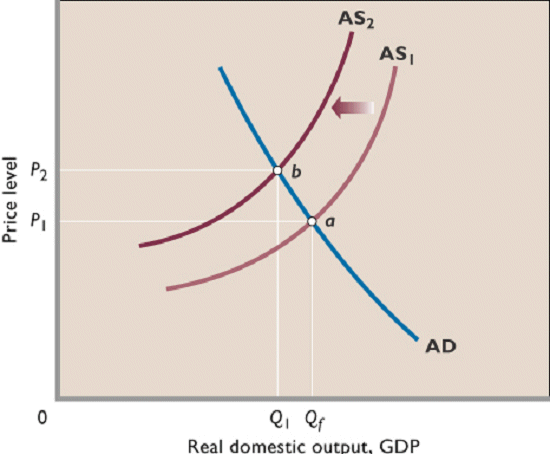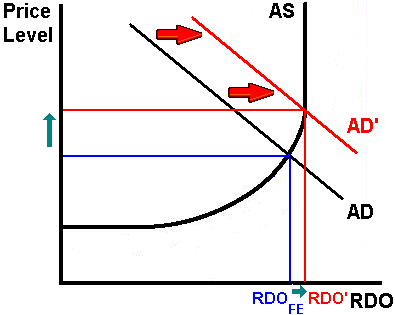1. UE
2. IN
3. EG
B. Review: The Business Cycle (graph)
C. Review: Maximizing Satisfaction (5Es)
D. Why Business Cycles? (Causation at First Glance)
- From Chapter 6:
- fluctuations are caused by "shocks"; unexpected events that people and firms may have trouble adjusting to
- and price stickiness in the short run prvents markets form adjusting quickly resulting in changes in output and employment
- Why are there shocks? (20th: pp. 197-198; 19th: pp.
172-173; "Causation: A First Glance")
- irregular innovations
- unexpected productivity changes
- monetary factors
- political events
- financial instability (rapid asset price increases and decreases)
- Recession of 2007-2009
- housing prices
- Most agree that the level of aggregate spending is important, especially changes on capital goods and consumer durables.
